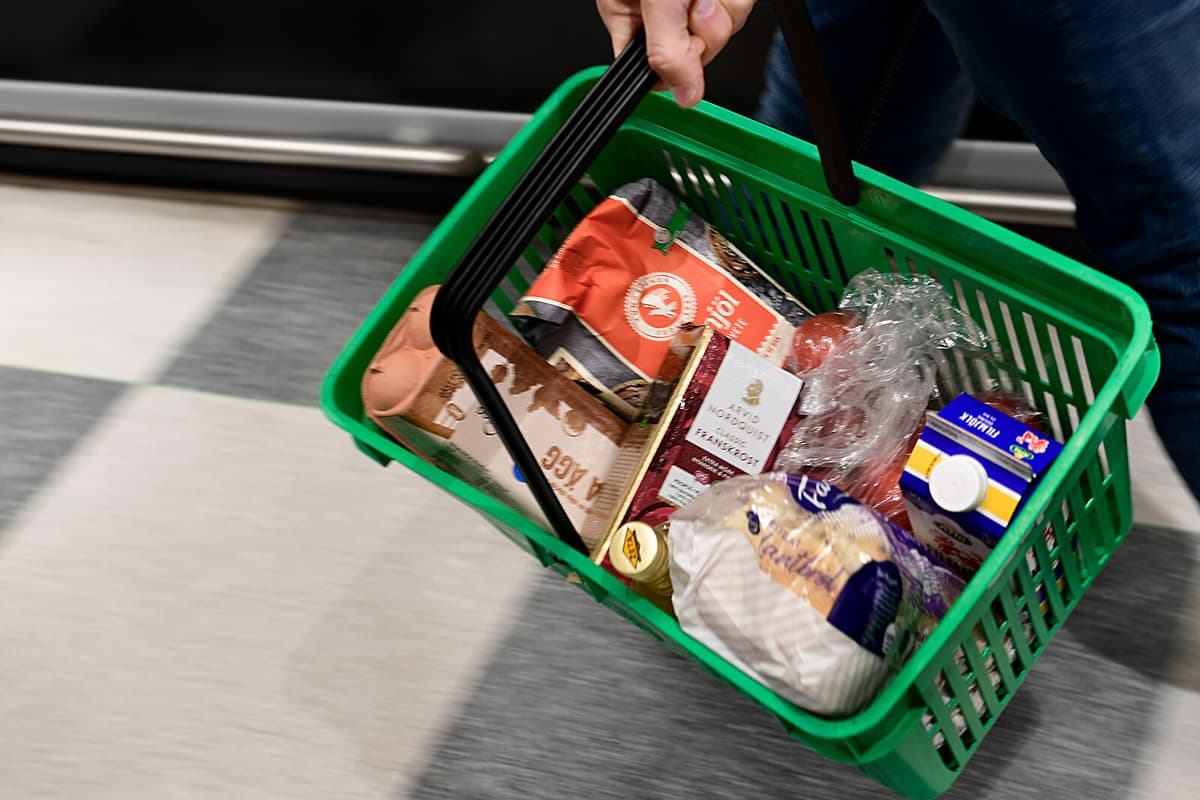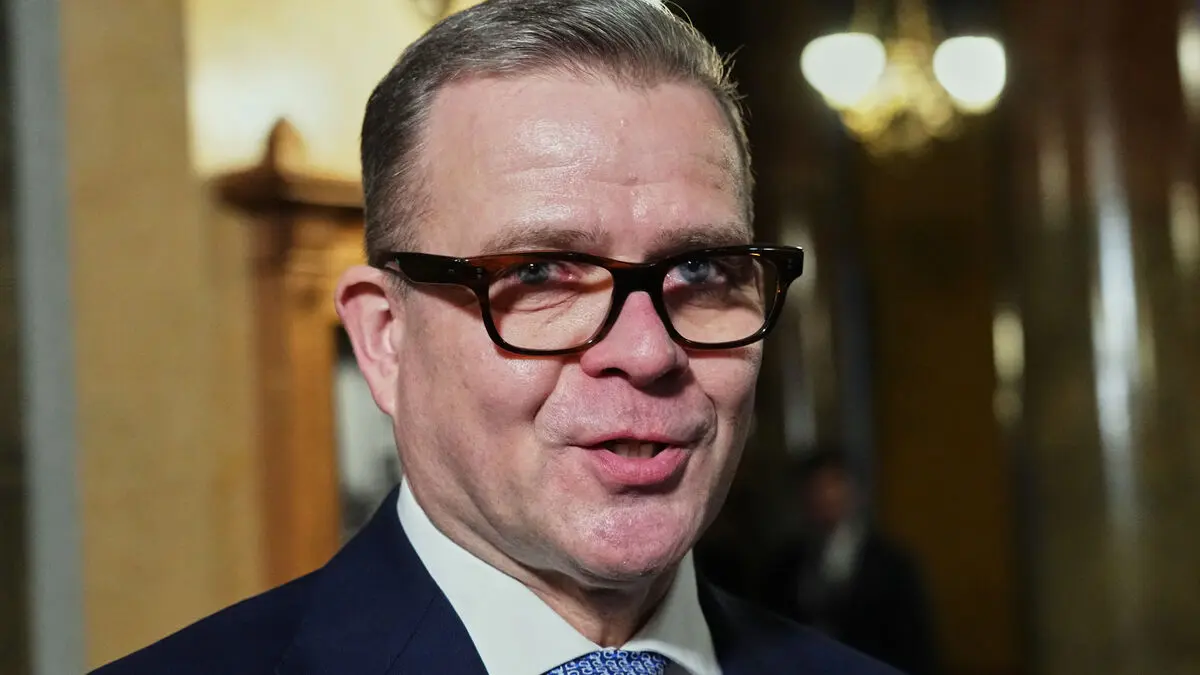In the grocery trade, prices have mainly risen on individual product groups, such as coffee, dairy products and cocoa. According to Lindquist, it is positive that it is not about broad price increases – as it was in 2022 and 2023.
External factors such as global uncertainty, climate change and disruptions in trade flows make it a bit higher food prices across Europe.
In Huis forecast, food prices are expected to rise by around 3.5 percent in 2025. As a consumer, you cannot count on lower food prices in the future – but rather that the pace of price increases will become more stable.
Many customers now choose a cheaper equivalent product in the supermarket, or wait for campaigns on the products that have risen significantly in price.
You take the opportunity to buy several packets of coffee or butter when they are on campaign, says Lindquist.
Although inflation is more stabilized than it was a few years ago, the price level of food is significantly higher than before.
It is precisely for this reason that we also see that consumers' price-conscious and campaign-oriented behavior persists, says Lindquist.





